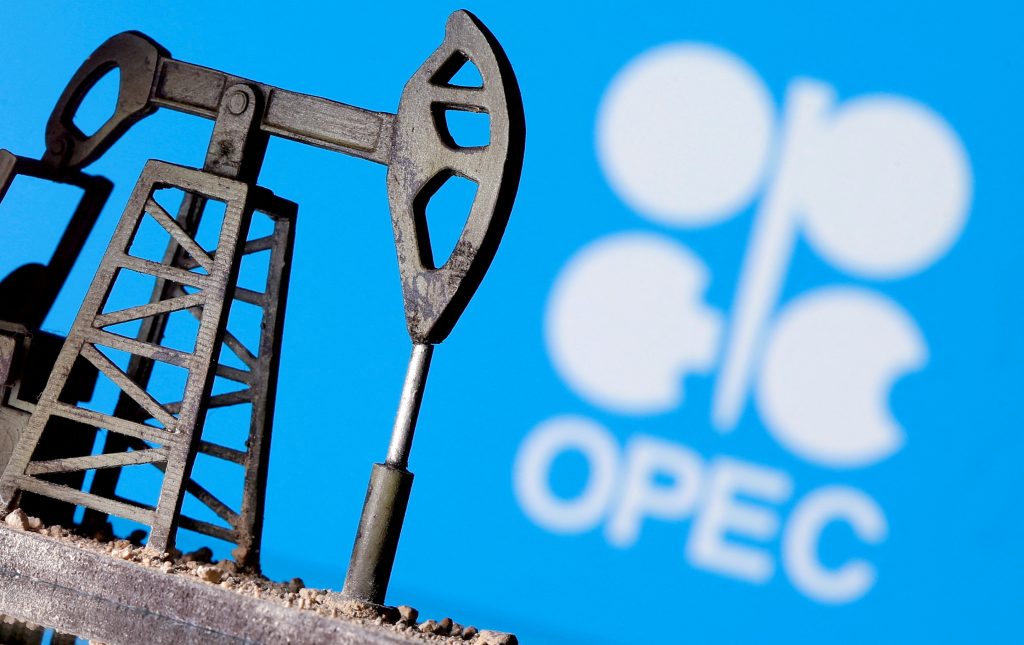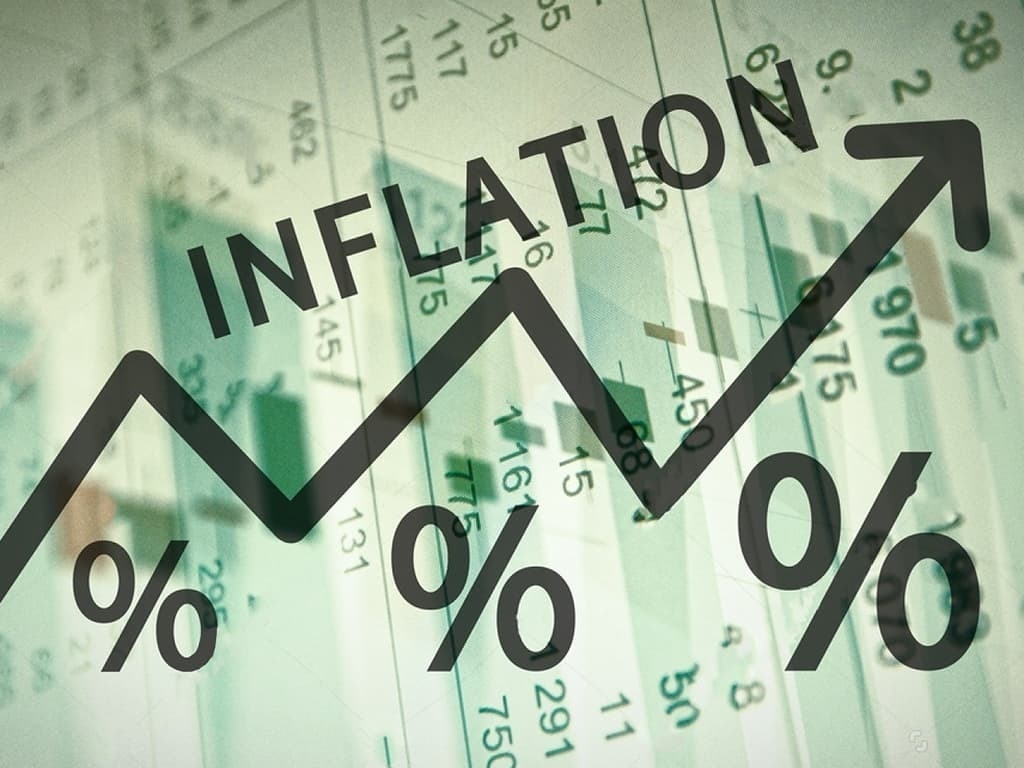Oil Prices Rise On Moderate US Inflation Data Strong Demand
The latest US inflation data offer hope that a recent surge in consumer prices has peaked. The closely watched personal consumption expenditures price index, or PCE, is now well below its peak.
This is in part because monetary policy-makers have been much more successful in keeping inflation expectations under control than in the past.
Preview of Oil Prices Rise
Oil prices rose on Wednesday, supported by moderate US inflation data and cautious optimism over China’s economic growth. But gains were capped as producer group OPEC cut its 2024 demand forecast.
As a major industrial input, crude oil prices are linked to inflation, which measures the overall rate of price increases in the economy. But that link has become less strong recently as economies have reduced their reliance on energy, and as oil is replaced by cheaper and more climate-friendly alternatives.
Still, rising oil prices can make it harder for central banks to slow inflation. They can also hurt consumers by raising the cost of goods, services and transportation. At the microeconomic level, a price surge at the pump can pinch discretionary spending that might otherwise go toward vacations and new clothes. It can also push up inflation expectations, which are a key input into the pricing of consumer goods and services.
Read More Articles: Car Insurance in a Gig Economy 2024
OPEC and Non-OPEC Supply
Oil is an important commodity in the global marketplace as it can be used for a variety of purposes. While it has traditionally correlated with inflation, this relationship has become less prominent over the years.
The OPEC+ alliance has slashed production to support prices and maintain market stability. However, the group’s future is uncertain as conflicts in the Middle East and Europe threaten supply.

Investors are also waiting to see how the US economy performs over the summer and if it can warrant an interest rate cut by the Federal Reserve. However, if the Fed waits too long, it could stifle economic activity and lead to more price pressure. This would have a negative impact on the oil market.
US Inventories Fall
Oil prices will be influenced by the latest inventory data from the US Energy Information Administration (EIA). If the data is better than expected, then oil prices will rise. This is because a higher than expected increase in inventories implies stronger demand for oil.
If oil prices rise too high, it can cause a number of problems. At a microeconomic level, the price surge will cut into discretionary spending that could be used for things like vacations and new clothes. At a macroeconomic level, high oil prices will reduce economic growth and may cause unemployment to rise.
The price of oil is also impacted by inflation, so the slowdown in inflation will help to keep prices lower. Other factors driving oil prices include geopolitical tensions in the Middle East and concerns about a possible recession in China, the world’s largest oil importer. For the latest news on crude oil prices, check out MarketWatch’s Commodities Page.
Slowing Inflation
A surge in oil prices can boost consumer inflation as companies pass on the higher costs of production and transportation to consumers. But the rate of price rises is slowing. In addition, a number of forward-looking indicators show that global economic growth is slowing and the post-pandemic recovery is losing steam.

The slowing in consumer price gains should offer a sigh of relief for officials at the Federal Reserve who have worried that the surge in gasoline prices would push inflation higher for extended periods and affect wage growth, which is already slowing because of labor shortages caused by the COVID-19 pandemic. The slowdown in prices also supports hopes that the Fed will cut interest rates this year. Most market participants expect a quarter-percentage cut by September. More good news on the economy would further bolster these expectations.
Strong Demand
Oil prices are benefiting from a combination of factors including moderation in US inflation and a tight supply balance. The Organization of the Petroleum Exporting Countries maintained its bullish oil demand growth forecast this week, while American Petroleum Institute data on Tuesday revealed a draw in crude inventories despite expectations for a build.
At the microeconomic level, a rise in oil prices makes it more expensive for businesses to produce and transport goods and services. These increases are usually passed on to consumers.
In the long term, higher oil prices may dampen consumer spending on other products and services. This can slow economic growth and make it difficult for companies to raise their profit margins, a key driver of the economy. Consumers may also shift to using public transportation or buying more fuel-efficient or electric vehicles as fuel costs increase. However, such a switch takes time and is unlikely to be immediate.
Read More Articles: CBN Loan 2024 Requirements Guidelines – N500M to 50 million
Conclusion
The resumption of TC Energy’s Keystone pipeline, which connects Canada and the US, further supported oil prices. Investors also interpreted the moderate US inflation data as a sign that price pressures are easing.
However, oil’s direct impact on consumer prices has declined in recent years as the economy becomes less dependent on crude. But higher oil prices do indirectly raise inflation because they increase production costs for many goods. For example, crude oil is a key ingredient for producing petrochemicals that are used to make plastic products.
As the Fed weighs whether to cut interest rates again, its officials will carefully examine future inflation reports. If these show that price pressures are easing, the Fed will be more likely to cut interest rates, which would help to support economic growth and reduce consumer demand at the pump. Lower interest rates would also reduce the value of the dollar, which could further lower the cost of crude oil.

